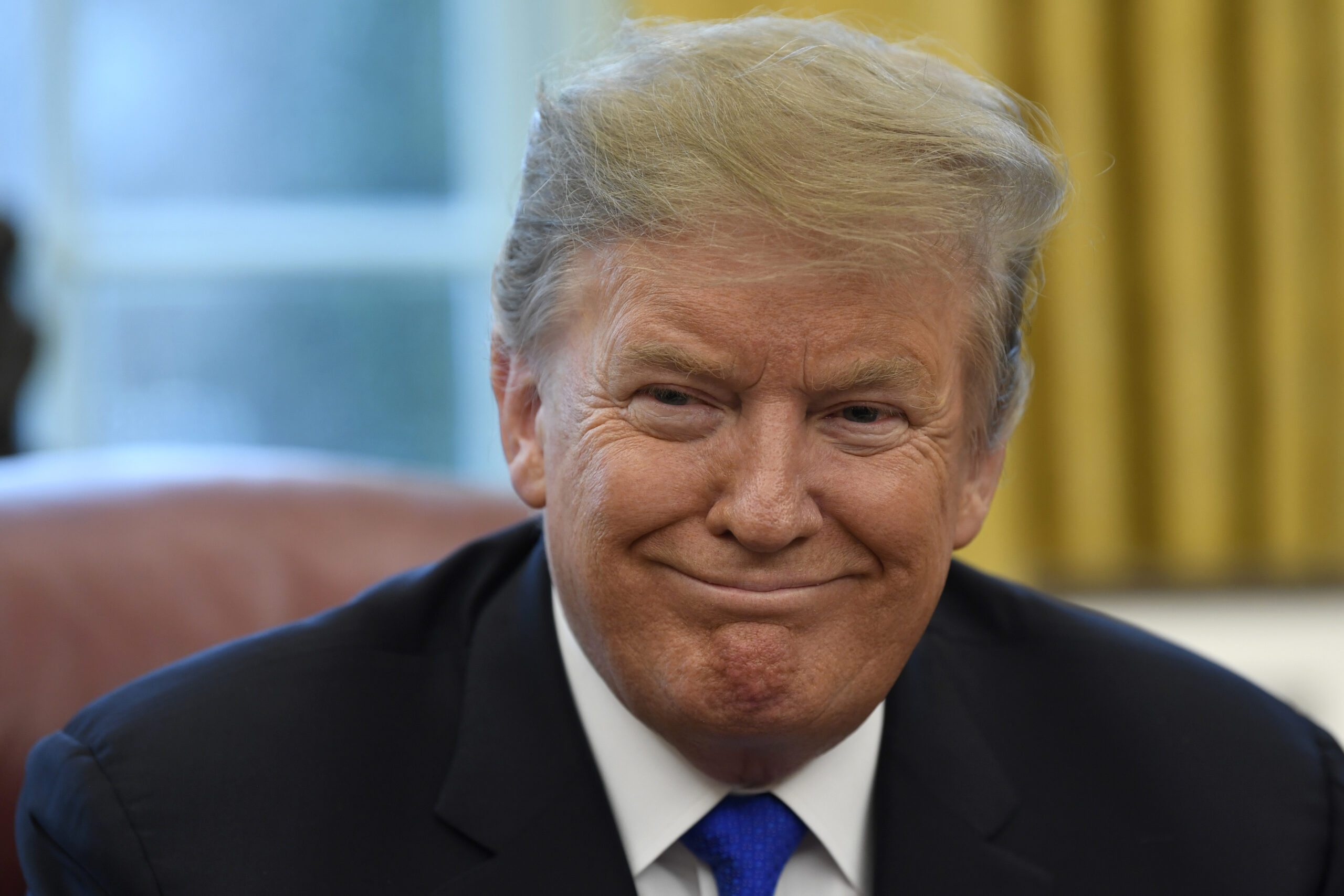
Introduction
Belarus, a landlocked country in Eastern Europe, has for years been at the centre of geopolitical tensions, largely due to its strategic location between Russia and the European Union. As a former Soviet republic, the nation has faced numerous challenges including political repression, economic struggles, and social unrest. Understanding the current situation in Belarus is crucial for grasping the broader implications for regional stability and international relations.
Political Landscape
In 2020, Belarus witnessed mass protests following a controversial presidential election that saw President Alexander Lukashenko claim victory amid allegations of widespread electoral fraud. Despite crackdowns on dissent, protests have continued, leading to increased international scrutiny and sanctions from Western nations. Recently, President Lukashenko has sought to strengthen ties with Russia, further complicating the geopolitical landscape. This pattern of dependency raises questions about national sovereignty and the future of democratic movements within Belarus.
Economic Challenges
Economically, Belarus faces significant hurdles, scrutinised for its reliance on Russian energy and economic aid. The ongoing war in Ukraine has added further complications as it disrupts supply chains and energy resources, with many Belarusian companies suffering from sanctions applied to Russia. Additionally, the economic downturn has been exacerbated by the COVID-19 pandemic, leading to rising inflation and unemployment rates, affecting the overall standard of living for many Belarusians.
International Relations
Belarus’s foreign policy continues to pivot towards Russia, particularly amid Western backlash. Following the invasion of Ukraine, the nation has expressed a solidified alignment with Moscow, allowing Russian troops to conduct operations from Belarusian territory. This action has resulted in Belarusian involvement in broader regional security concerns, pushing away any hopes for a thaw in relations with Europe and the United States.
Conclusion
The future of Belarus remains uncertain, fraught with political, economic, and social challenges. With increasing public dissent and geopolitical pressures, the likelihood of significant change in governance remains low as long as Lukashenko remains in power. The quest for a democratic transition faces uphill battles, while the nation grapples with its economic future amid reliance on Russia. Readers must stay informed about Belarus’s evolving landscape as it holds significant implications for security and stability in Eastern Europe.
You may also like

Boris Johnson: A Look at His Current Political Landscape

The Lasting Impact of Donald Trump on American Politics
